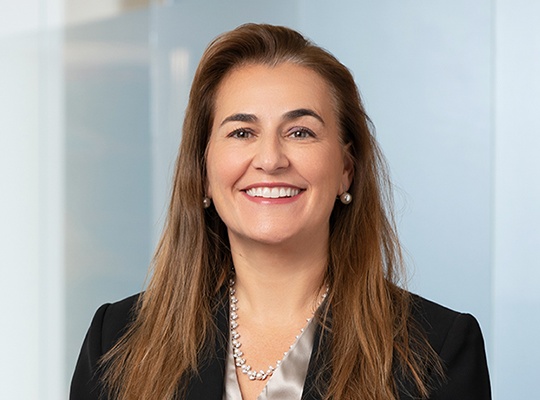COVID-19 Tuition Refund Class Actions Against Colleges and Universities (May 26, 2020 Update)
May 26, 2020
This is our third update on higher ed refund class actions following our April 22 webinar, "COVID-19 Tuition Refund Class Actions Against Colleges and Universities.” There are now over 120 actions pending, as set out in the tracking chart linked at the bottom of this email. Given the size of this litigation, filed predominantly in federal court, an MDL petition is all but inevitable. With that in mind, here are five key takeaways about MDL procedure that we hope will be helpful to you and your teams:
- Response times can be quick and arguments short. When a petition for centralization is filed, the JPML will enter a briefing schedule, which will typically require responses within just 21 days. Responses may not be allocated any time at the argument (or as little as one minute), unless they are joined by multiple parties.
- The number of pending cases creates significant momentum to centralize. Although there are a variety of considerations that affect whether an MDL is formed, the number of cases alone creates immense pressure to centralize, even for litigations that involve many individual or local issues. The JPML frequently grants centralization of litigations involving less than ten putative class actions; here, where there are more than a hundred, there will be considerable pressure to create an MDL to avoid duplicative adjudications by federal courts around the country.
- Schools have good arguments to oppose centralization. Notwithstanding the forces that favor centralization, schools can argue there no common questions of fact that warrant an MDL because each of these actions involves a different school, different contracts, different refund policies, and different local law on COVID-19 closures. In addition, in our experience, the JPML has denied centralization where alternative coordination methods are available, so schools can benefit by proposing intra-district coordination of actions against multiple schools or coordination between common counsel on a national level.
- A request for a different judicial assignment is valuable alternative relief. Second to the question of whether an MDL is formed, the most important question is where it is formed. Both the specific transferee judge and the Circuit in which she sits will have tremendous impact on dispositive legal questions, especially class certification. So even when defendants oppose an MDL, they may request assignment of a different transferee district judge as alternative relief. Relevant considerations for that request include how many cases are in the proposed transferee district, ease of transportation access in that district, and how advanced the proceedings are in that district.
- Coordination—as ever—is key. Whether the objective is to defeat centralization or to obtain assignment to a different transferee judge, it will be essential for schools to build consensus on a unified position. If there is a large number of responses by different institutions, each opposing an MDL and proposing a different transferee judge, it will likely only impress the JPML with the need to centralize and streamline the litigation.
* * *
We continue to discuss the defense and coordination of these challenging lawsuits with our clients. If we can be of assistance, please reach out.



